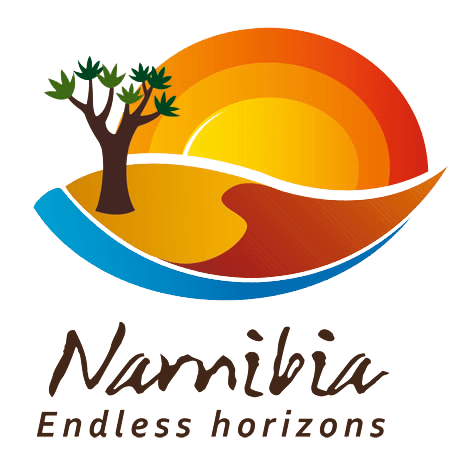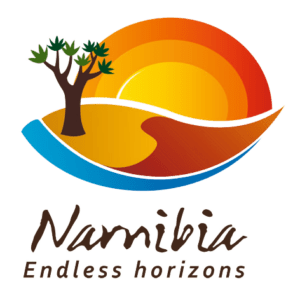Namibia is often referred to as the ‘land that God made in anger’, and when visiting the area, it is easy to see how this saying originated. Bound by the cold Atlantic Ocean, Namibia’s west coast is one of solitude, dunes and salt pans, where only the toughest of the tough survive the harsh conditions.
The Skeleton Coast Park in north-western Namibia is managed as a wilderness reserve. It stretches from the Ugab River in the south to the Kunene River in the north, approximately 16 845km². The Park is renowned for its hundreds of species of lichen that grow on the plains and west-facing mountain slopes and is also home to a variety of game, including gemsbok, springbok, jackal, ostrich, giraffe, lion, black rhino and the brown hyena. The area offers some of the best angling opportunities in Namibia, with excellent conditions seeing an influx of would-be anglers, all eager to prove their worth. Popular spots include Terrace Bay and Torra Bay which welcomes visitors in December and January.
Regions: Kunene
Major towns: Skeleton Coast, Kaokoland, Twyfelfontein. Opuwo.
Major Tourism Attractions
Skeleton Coast Park, Twyfelfontein (UNESCO World Heritage Site), The Himba People, Adapted Desert Elephant, Epupa Falls
Travelling inwards towards the Kaokoland, known for its sand plains and rocky hillsides, one is sure to meet the Himba people who call this region home. Their nomadic way of life provides testimony that life is more than just survival; instead, it is the enjoyment of every day as it comes. Their traditional dress includes rubbing their bodies with red ochre and fat to protect their skin against the elements while wearing body adornments made from iron and shells to beautify themselves.
Twyfelfontein, nestled near the Brandberg Mountains, is home to ancient rock engravings and was named Namibia’s first UNESCO World Heritage Site in 2007. In addition, Twyfelfontein houses the most extensive open-air art gallery within Namibia. Engravings are best seen during the early morning or late afternoon when it is cooler, a point to consider when you are planning your route. The engravings are better photographed in the morning, with the shadows being cast, allowing for fewer glares on the artwork.
While God may have made Namibia in anger, His attention to detail, the breath-taking landscape and all that the region entails contribute towards enticing people to visit it and experience it first-hand.


